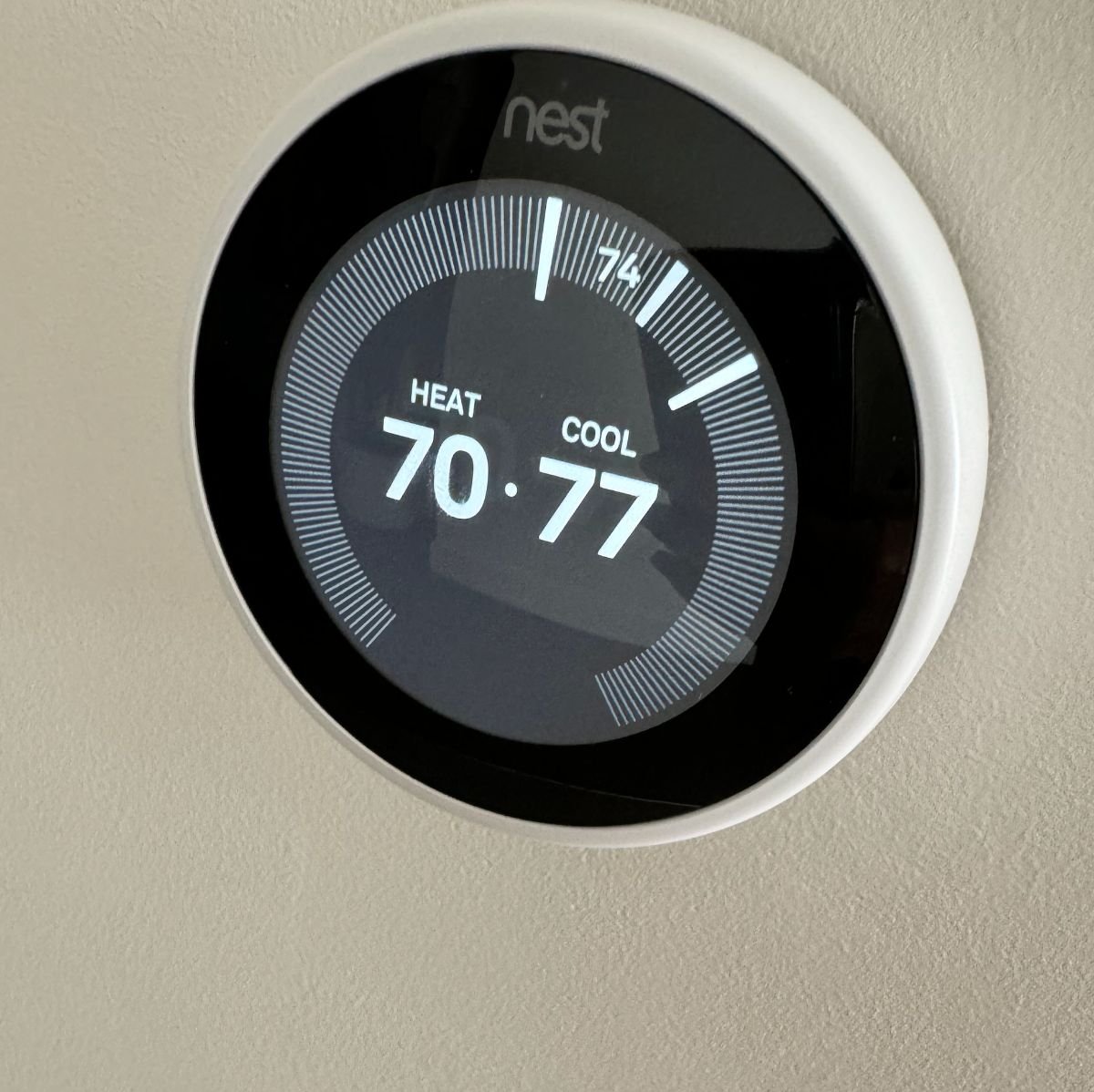As winter approaches and the temperatures drop, one of the perennial questions that homeowners face is, “What’s the ideal temperature to set my thermostat at during the winter months?” While the answer may vary depending on personal preferences and circumstances, there are some general guidelines to help you find the right balance between comfort and energy efficiency.
In this article, we’ll explore factors to consider when setting your thermostat in the winter and offer some practical recommendations.
Comfort vs. Energy Efficiency
The ideal temperature for your thermostat during the winter ultimately depends on your personal comfort and energy-saving goals. It’s a delicate balance between staying warm and keeping your energy bills manageable. Finding the sweet spot is essential to ensure both your comfort and your wallet stay happy.
Recommended Thermostat Settings
Here are some recommended thermostat settings for various situations:
When You’re at Home
The U.S. Department of Energy suggests setting your thermostat to 68°F (20°C) while you’re at home during the daytime. This temperature is considered a good compromise between comfort and energy efficiency. You can adjust it slightly higher or lower to suit your personal preferences.
When You’re Asleep or Away
Lower your thermostat by 10-15 degrees when you’re asleep or away from home. A setting of around 55-60°F (13-15°C) is often recommended during these times to save on heating costs. Programmable thermostats can help automate these adjustments to ensure you don’t forget to make them manually.
Zoning and Programmable Thermostats
Investing in a programmable thermostat can make it easier to maintain ideal temperature settings throughout the day. These thermostats allow you to schedule temperature adjustments based on your daily routine. For example, you can program the thermostat to lower the temperature when you’re at work and raise it shortly before you return home, maximizing energy efficiency without compromising comfort.
Zoning is another option to consider. Zoning systems divide your home into different heating zones, allowing you to set different temperatures for each zone independently. This can be particularly useful if you have areas of your home that you use less frequently, such as a guest bedroom or basement.
Humidity Control
Maintaining the right indoor humidity levels is also crucial for comfort during the winter. Dry air can make your home feel colder than it actually is. To combat this, consider using a humidifier to add moisture to the air. With proper humidity control, you may find that you’re comfortable at lower thermostat settings, saving energy in the process.
Dressing for the Season
Don’t forget the power of proper clothing during the winter. Wearing warm clothing like sweaters, socks, and slippers can help you feel comfortable at lower indoor temperatures. By dressing appropriately, you can reduce the need to crank up the thermostat.
Conclusion
Finding the ideal temperature to set your thermostat in the winter is a personal decision that depends on your comfort preferences and energy-saving goals. However, by following some general guidelines and utilizing tools like programmable thermostats, you can strike a balance between staying warm and keeping your energy bills in check. Remember to factor in humidity control and dressing appropriately for the season, and you’ll be well on your way to a cozy and energy-efficient winter season.
